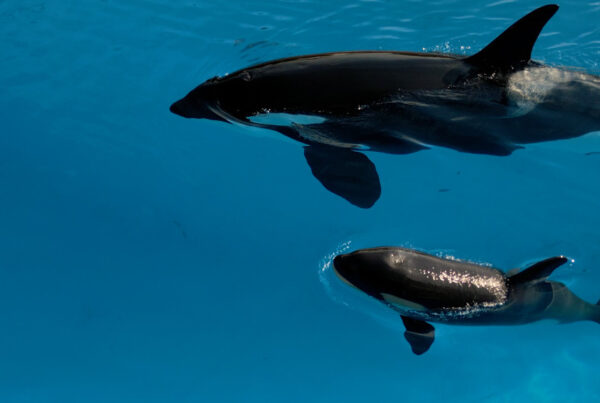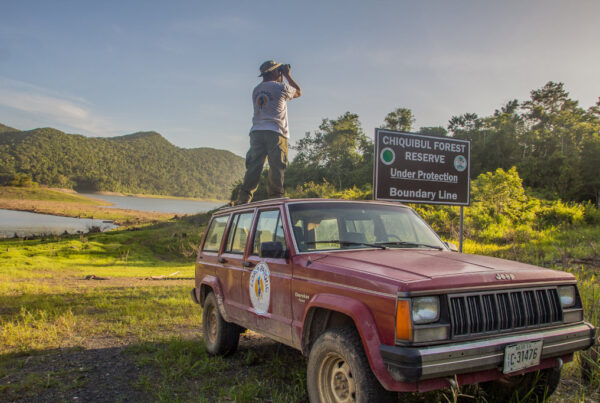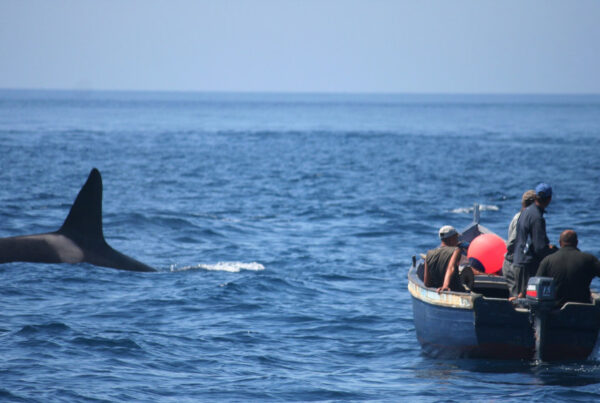
| Category | Land |
| Date | 1995 |
| Investment | 2.090.585$ |
LPF’s conservation work with the Blue-throated Macaw dates to 1995. With just over 300 birds in the wild, we will continue to fight to save them from extinction.
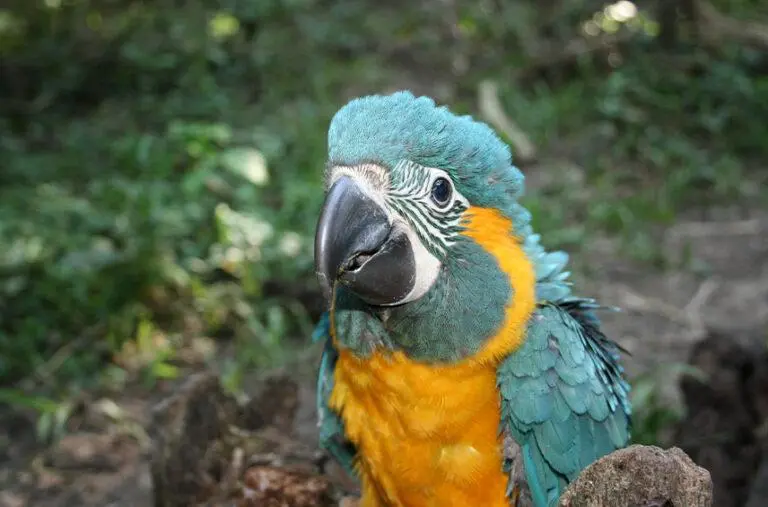
Blue-throated macaw
Census of Ara glaucogularis in Bolivia
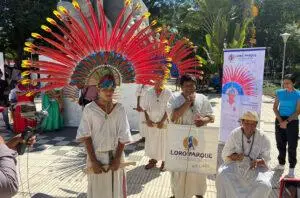
This species is considered to be one of the most endangered species in the world and is listed by the IUCN as Critically Endangered. One of the main factors affecting this species has been the lack of potential nesting sites and inter-species competition. Other macaws share the same habitat, including large nesting cavities which are scarce, especially considering the human impact on the Moxos plains of Beni over the last 100 years, where most large deciduous trees have been cleared.
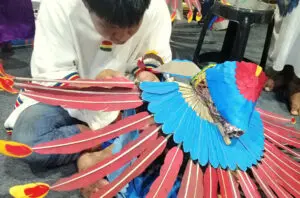
It is worth mentioning that Loro Parque also maintains A. glaucogularis within the European Endangered Species Programme (EEP) which guarantees the maintenance of the species in accredited zoological centres involved in the ex-situ management of the species.
Loro Parque Fundación’s technical and financial conservation support for the Blue-throated Macaw dates back to 1995. With just over 300 individuals estimated to remain in the wild, we have been fighting for decades to save them from extinction. By investing more than two million dollars in the species, the numbers have remained constant over the last decade and are expected to increase.
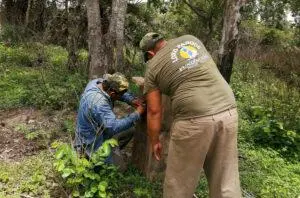
In the educational and social aspect, Loro Parque Fundación has been crucial in the protection of the species through the implementation of the use of artificial feathers for the headdresses used by the local population since ancient times. In the past, thousands of macaws were killed for these dances and nowadays the population, aware of the negative effect on the species, makes them with alternative materials. The success has been such that it has even been transferred to the world of fashion in the country. It has also helped to create a sense of belonging to the species to be protected, through art and culture.
BLOG
News

